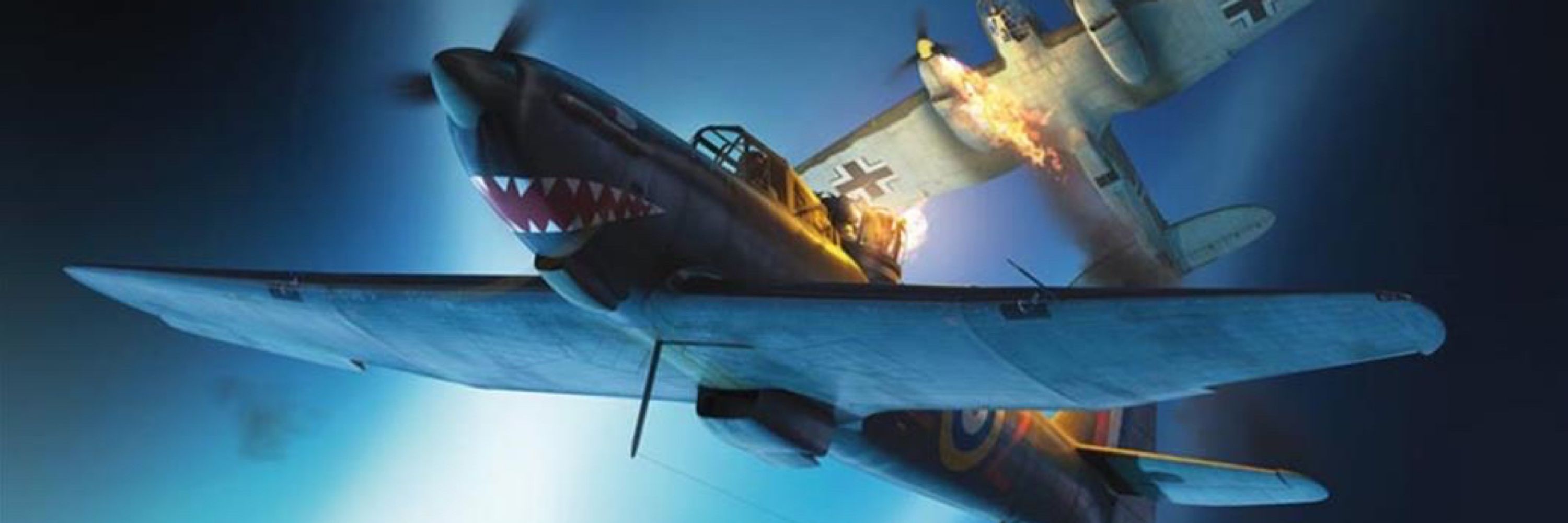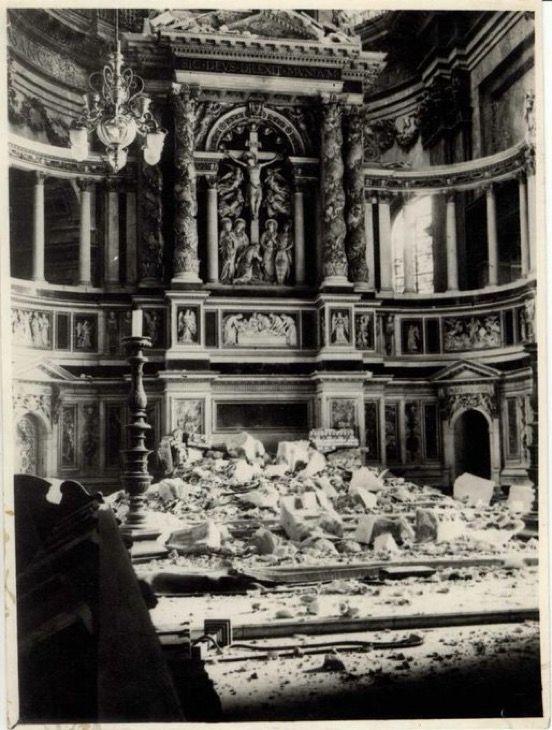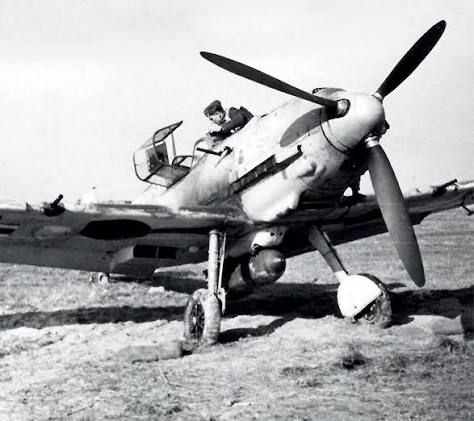Jamie McTrusty
@jamiemctrusty.bsky.social
2.5K followers
51 following
4K posts
Posts on (mostly) Second World War aviation and naval history. See ALT text for picture credits and additional information!
Posts
Media
Videos
Starter Packs
Reposted by Jamie McTrusty
Reposted by Jamie McTrusty















